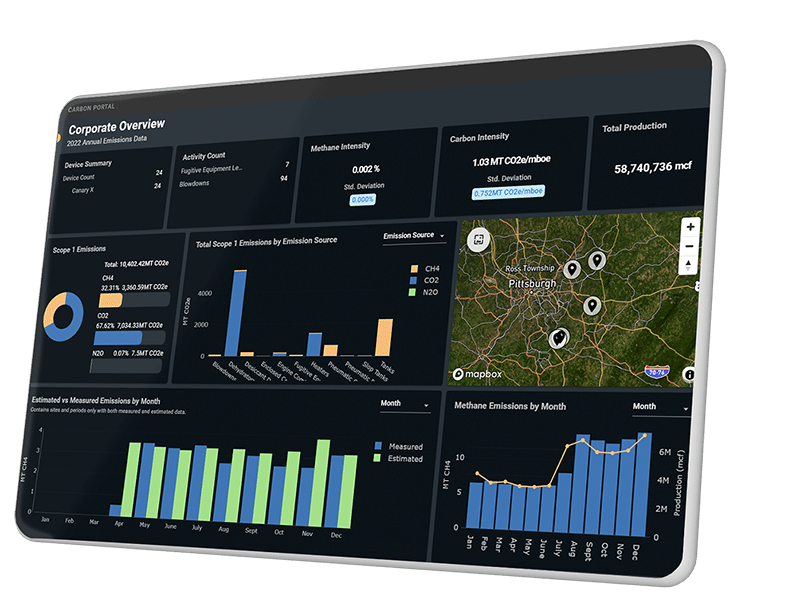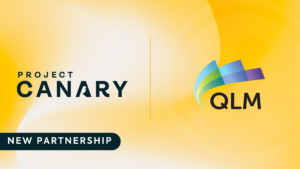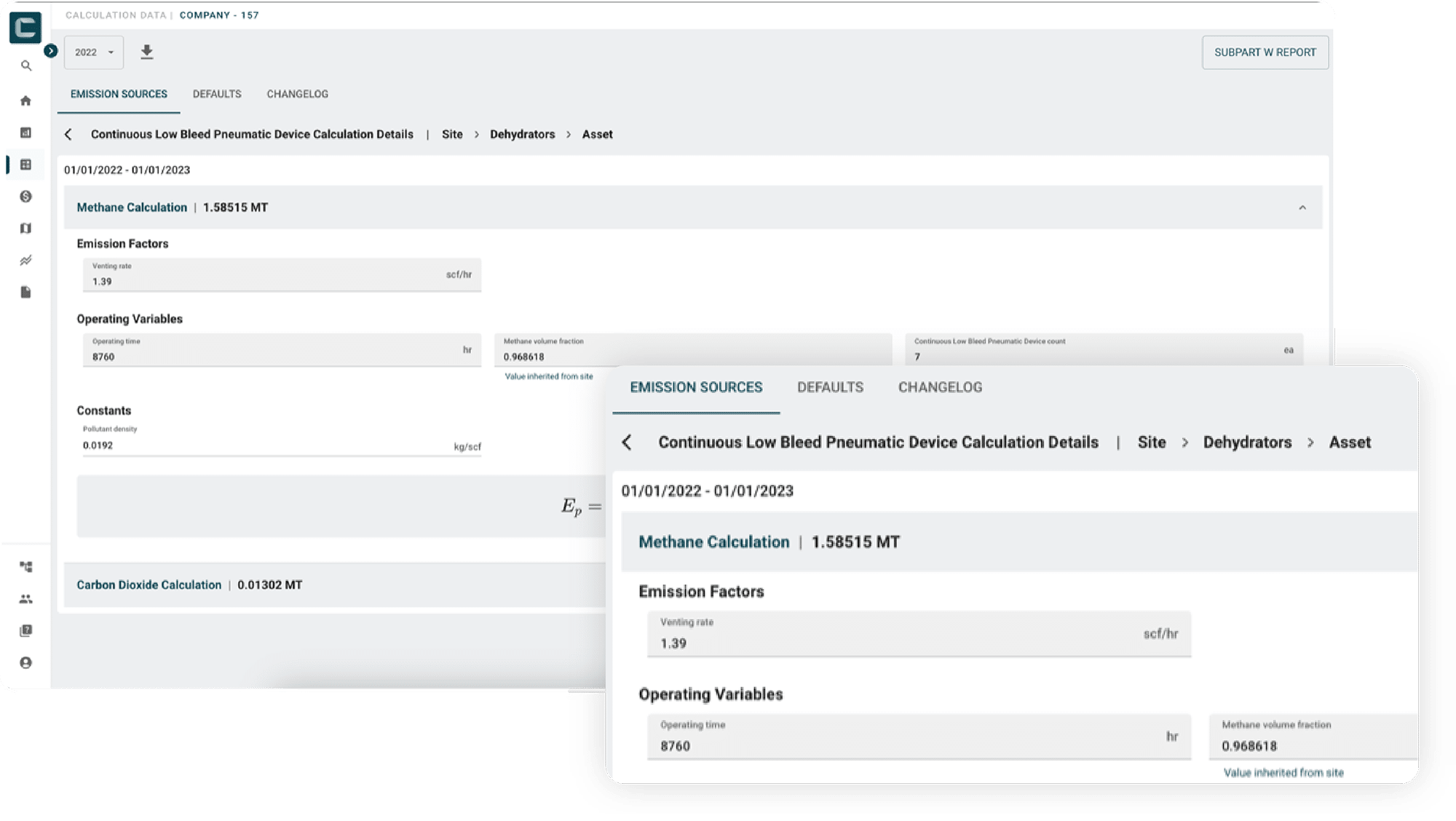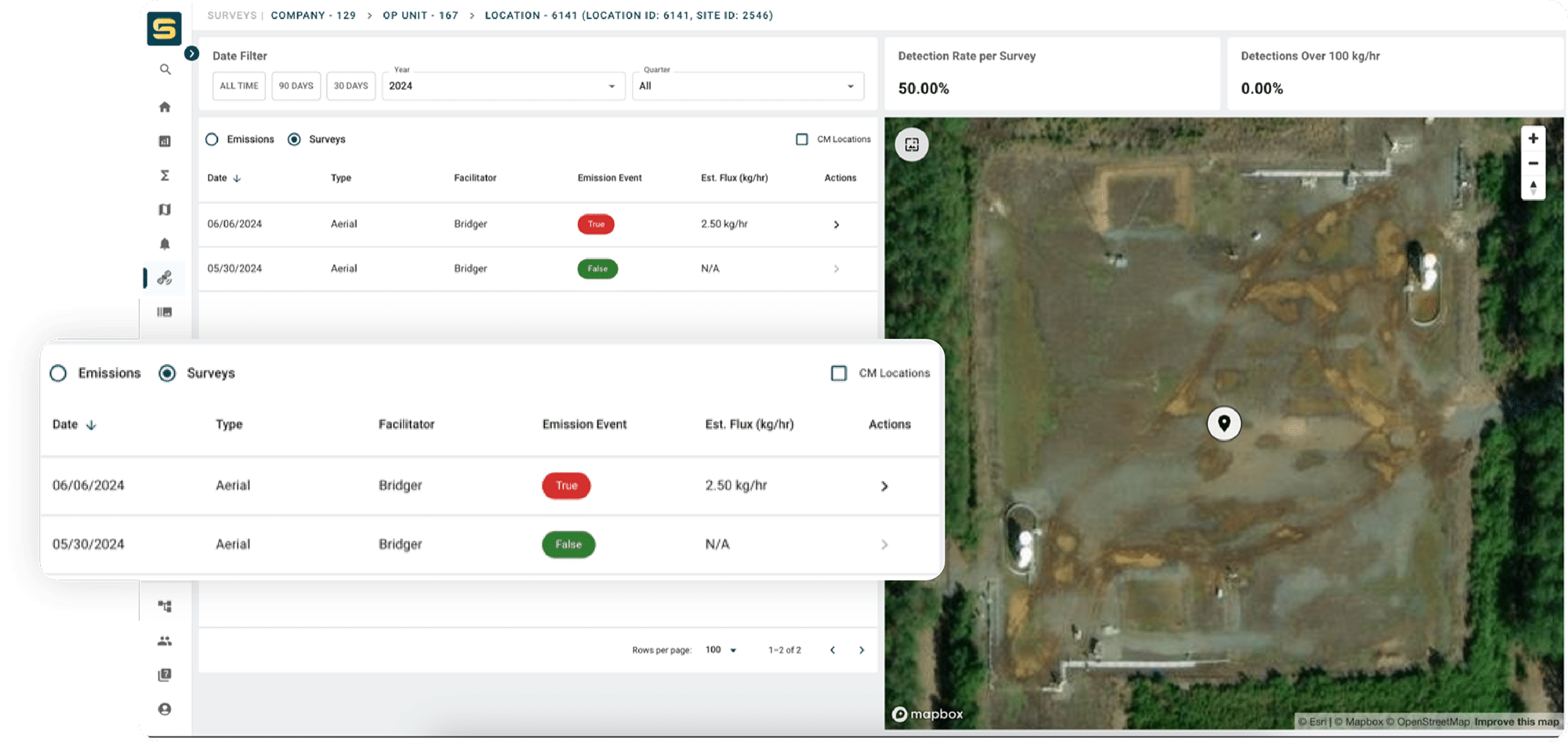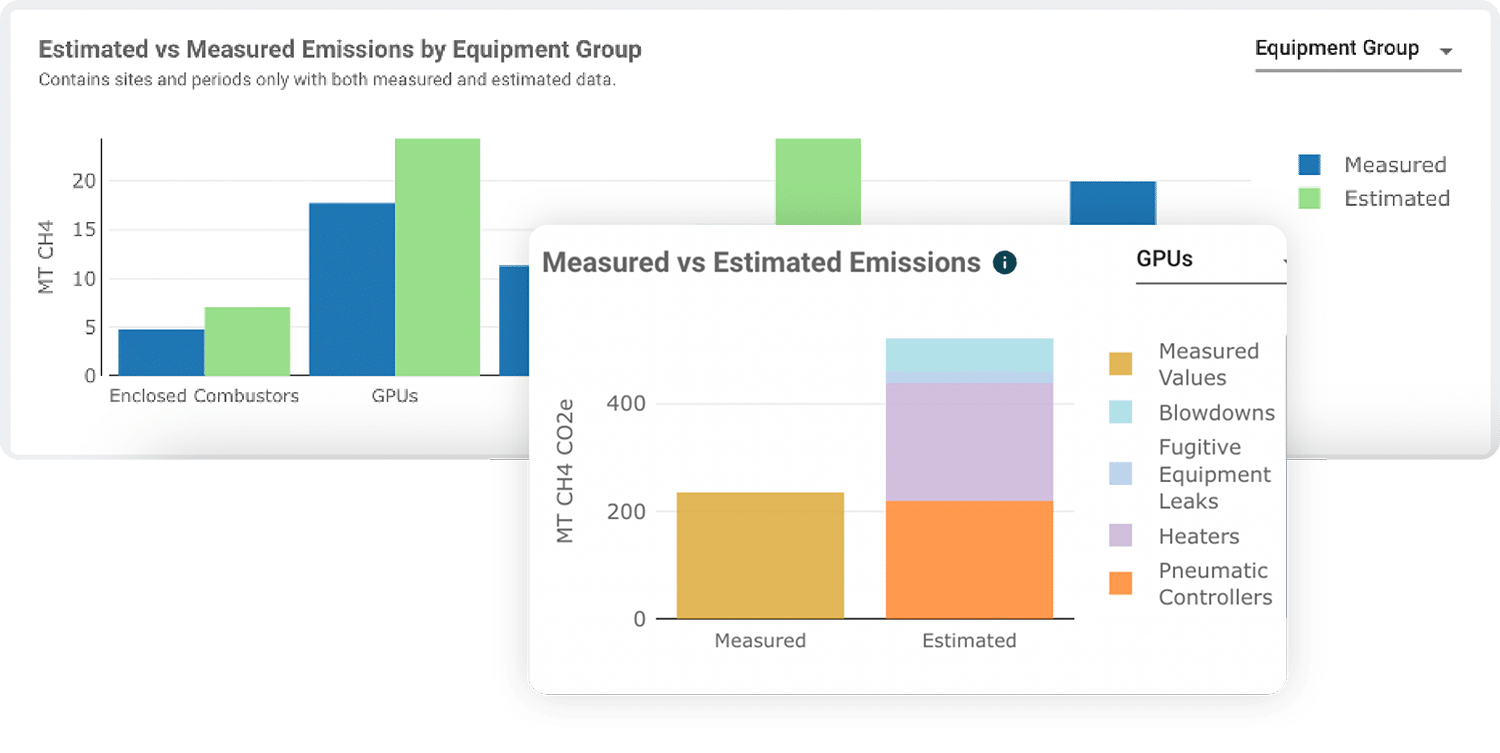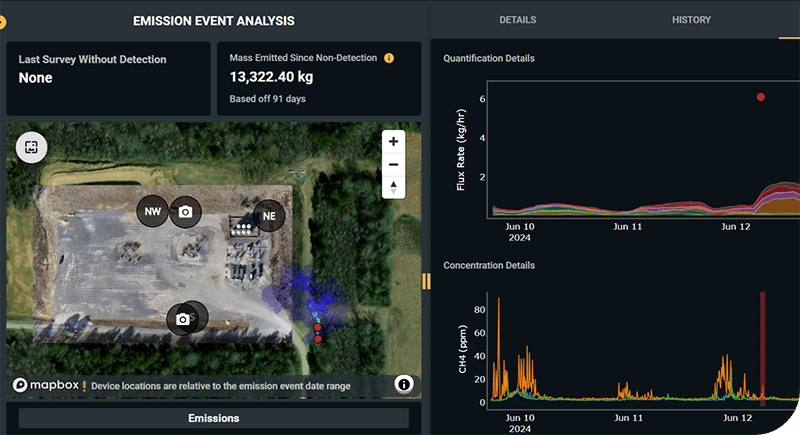Seamlessly integrate measurement data into your regulatory reporting
Measurement
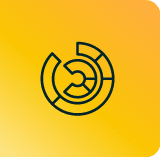

Mitigation


Record Keeping


Reporting
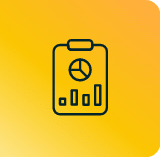

Record Keeping


01 Measurement01 Measurement
One Home for Measurement
-
Analyze all your data in one place, from OGI and continuous monitoring to flyovers and satellites
-
View your emissions profile from the corporate level down to individual sites
-
Navigate disparate, complex data with ease
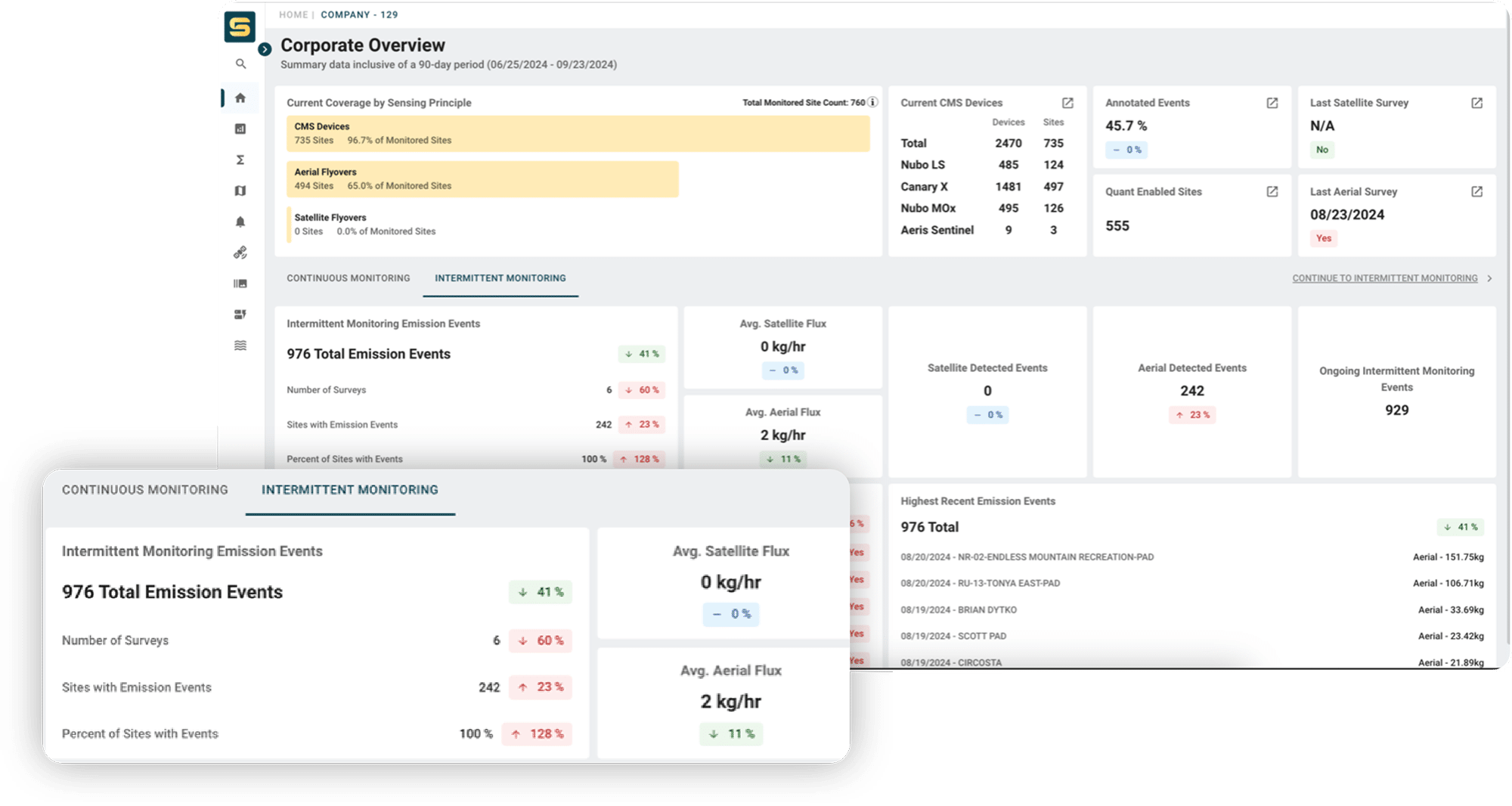
Operational Tools
-
Focus LDAR resources on the right sites with real-time emission event data
-
LDAR mobile app for on-site equipment tagging and data collection
-
Pinpoint and document when emissions start and stop
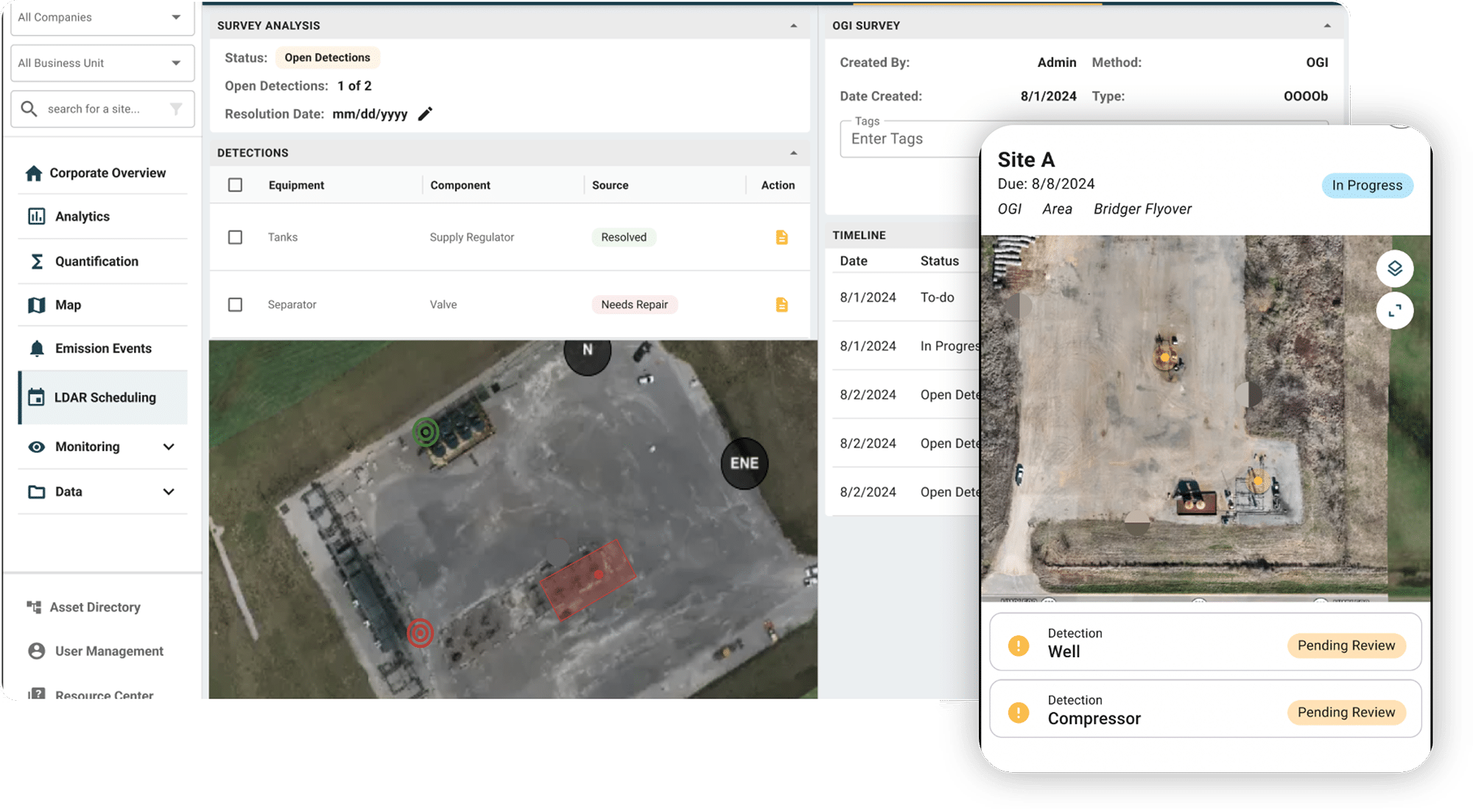
Tailored Analytics
-
Confidently act on leaks with accurate modeling that outperformed competitors by 7x
-
Understand your emissions risk at the site level
-
Quantify your total site emissions
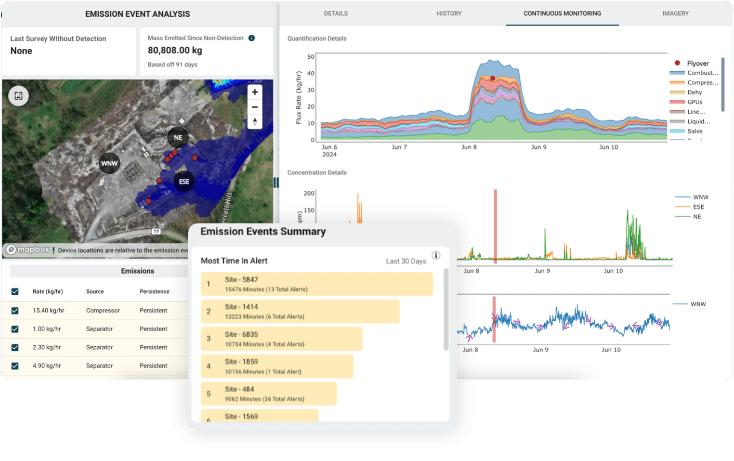
02 Reporting02 Reporting
Your Partner
Reducing Complexity
